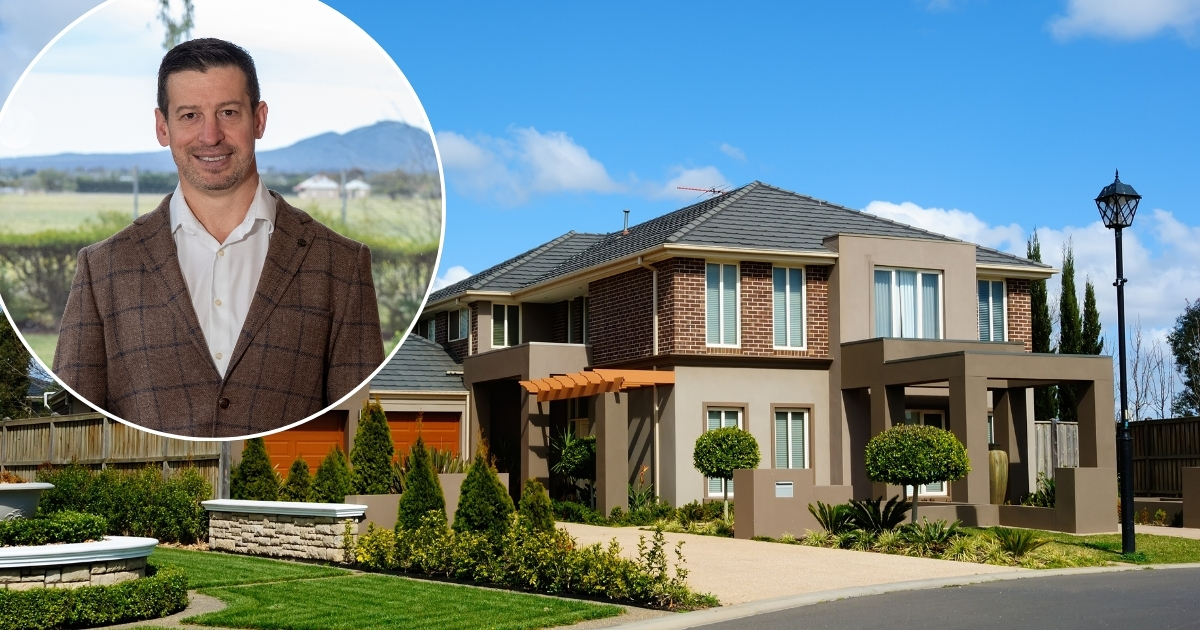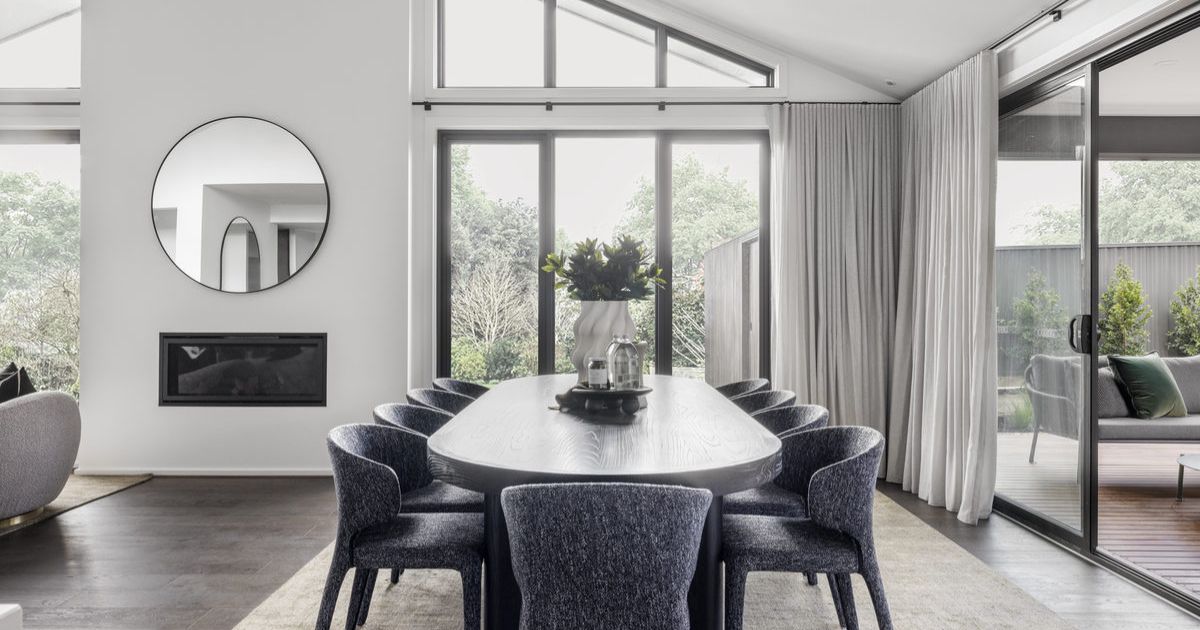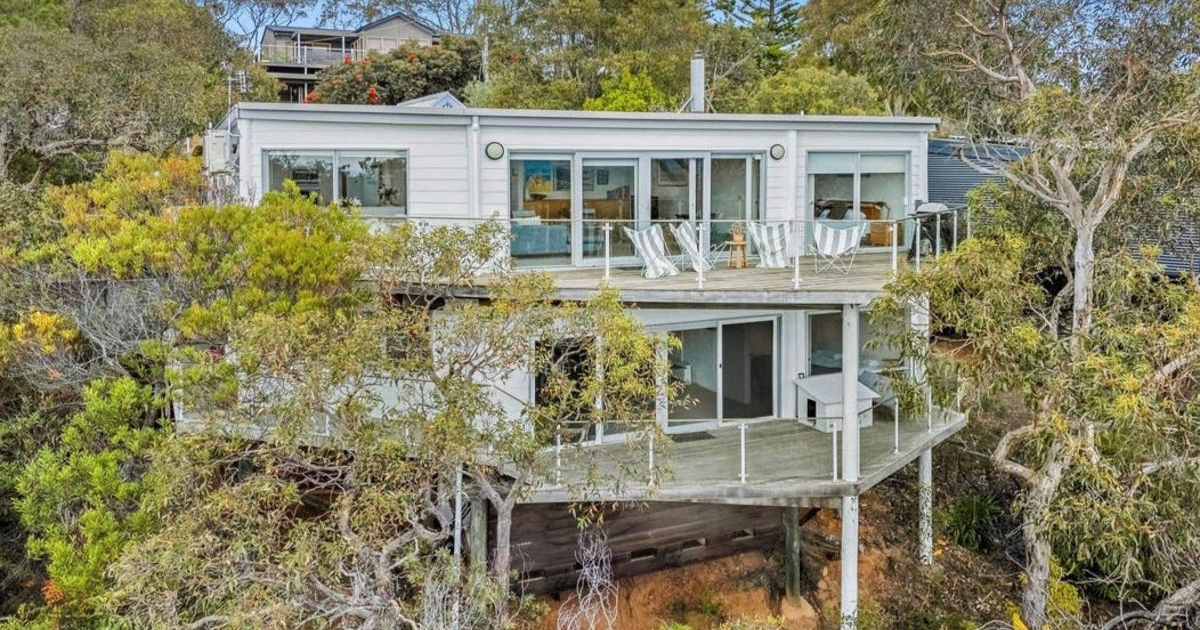Town by Town Snapshot: Queenscliff
The size of Queenscliff is about 3.2 square kilometres and has 7 parks covering nearly 23 per cent of total area.
The population of Queenscliff in 2011 was 1,417 people and by the 2016 Census the population was 1,328 showing a population decline of 6.3 per cent in the area during that time.
This historic coastal settlement is very popular with those who have secured property in the town, with the average length of ownership one of the longest in the state.
Queenscliff itself was originally named Shortlands Bluff, a prominent headland named after Peter Shortland a member of a maritime survey party (1836).
A light station was constructed on the headland in 1842 and a township was surveyed in 1853.
Its post office (1853) was named Shortland’s Bluff, but changed to Queenscliff in 1854, that being the official name bestowed as a compliment to Queen Victoria.
A school, a church and a hotel opened in 1854, and Queenscliff was connected by telegraph to Melbourne in 1855.
In 1862-63 three definitive guns were placed at Queenscliff as part of elaborate fortifications to protect the entrance to Port Phillip Bay.
All came to fruition in the late 1880s, the main stages being a railway from Geelong for troop movements (1879), two gun batteries at Queenscliff (1880) and completion of fortifications at Queenscliff and on the other side of the bay’s entrance (Point Nepean and Fort Franklin, Portsea) in the late 1880s.
A borough council was formed in 1863 and within five years there were substantially built Anglican, Catholic and Wesleyan churches.
The town jetty was lengthened in 1860, a local fishing industry grew during the coming decade and the first excursion boats brought more visitors to Queenscliff’s five hotels.
It was the railway, however, which brought many more holiday makers, and the excursion boats which came into their own in the 1880s.
Visitors were welcomed by increasingly opulent hotels, rococo triple-storeyed buildings that held 150 or more guests.
By Federation, Queenscliff had reached near completion, except for conveniences such as state-supplied electricity (1923) and sewerage (1970s).
World War II confirmed the end of fortified defences and the site became the Australian Staff College.
Defence transferred its attentions to Swan Island, a low-lying land mass north of Queenscliff.
It is used for military training, which includes defence intelligence and counter-insurgency operations conducted jointly with Australian Intelligence Services and supporting the Five Eyes collaboration effort.
CoreLogic data indicates that the predominant age group in Queenscliff is 60-69 years with households in Queenscliff being primarily childless couples and are likely to be repaying $1,000-$1,399 per month on mortgage repayments, and in general, people in Queenscliff work in a professional occupation.
In 2011, 73.5 per cent of the homes in Queenscliff were owner-occupied compared with 78.7 per cent in 2016. The present median sales price of houses in the area is $905,000.
TIDBIT: A shipping pilot service was established in Queenscliff in 1841.
Population: 1,328
Male: 47%
Female: 53%
Median age: 59
5 year population change: 6.3%
Median house price: $905,000
Change in Median Price: (5yrs) is 26.5%
Median asking rent per week: $475
Average length of ownership: 16 years
Median house price:
May 2020: $905,000
May 2019: $950,000
May 2018: $802,500
May 2017: $782,500
May 2016: $705,000
House sales per annum:
Period ending May 2020: 35
Period ending May 2019: 34
Land median sale price:
May 2020: N/A
May 2019: N/A
Land sales per annum:
Period ending May 2020: 0
Period ending May 2019: 3


















